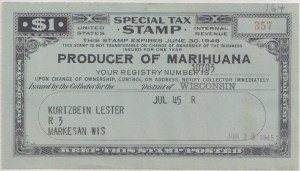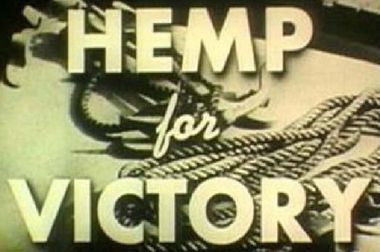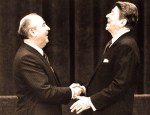While Colorado and Washington legalizing marijuana for recreational use has dominated national headlines, a growing number of other states are discussing legalizing industrial hemp.
Videos by Rare
Something particularly remarkable about the emerging hemp legalization movement is its momentum in conservative states.
Last year, Kentucky passed a bill allowing industrial hemp to be grown. Similar efforts are beginning in Tennessee. These legislators recognize the economic boon that industrial hemp could represent for farmers in their rural districts.
Before it was outlawed in the 1937, hemp was a primary cash crop in certain regions of the United States, used for making everything from clothing to rope. In fact, the plant was considered so integral to the economy at one time, the Department of Agriculture encouraged it to be grown on all family farms. Hemp was even legal tender in many areas, allowing folks to pay their taxes with the plant!
Hemp farming was so widespread in the 19th century that the 1850 U.S. Census identified over 8,000 hemp plantations of at least 2,000 acres in size.
But in the 1930s the government declared war on hemp’s cousin, marijuana. More than just collateral damage, hemp was equally targeted.
Because of its many varied uses, its ease of cultivation, and its low cost, hemp was a threat to the textile interests. One of hemp’s most powerful enemies was the newspaper magnate William Randolph Hearst, who was heavily invested in timber and worried about competition from hemp paper.
Hearst launched an all-out propaganda campaign demonizing marijuana in his newspapers. According to Hearst, marijuana caused insanity, and “makes a murderer who kills for the love of killing out of the mildest mannered man…”
The head of the Treasury Department’s newly created Federal Bureau of Narcotics, Harry J. Anslinger, joined Hearst in the crusade to ban marijuana. Alcohol prohibition ended in 1933, leaving Treasury Agents like Anslinger without an enemy to battle.
Anslinger saw that marijuana fit the bill, and capitalized on the panic caused by Hearst’s newspaper blitz, as well as outright racism (according to Aslinger’s racist propaganda, “reefer makes darkies think they’re as good as white men” and “marijuana causes white women to seek sexual relations with Negroes…”) to convince Congress to pass the Marijuana Tax Act of 1937.
The Marijuana Tax Act was passed despite the objections of the American Medical Association, which worried about the tax implications for doctors and pharmacists who sold cannabis. The AMA also doubted Aslinger’s claims about the criminal violence caused by marijuana.
The Marijuana Tax Act would be overturned in 1969, but was replaced by the Controlled Substances Act of 1970. The CSA defines marijuana as a Schedule I controlled substance, placing it in the same category as heroin and LSD.
While industrial hemp contains a very small amount of THC, marijuana’s active ingredient, federal law makes no distinction between marijuana and the hemp plant.
Despite trillions of dollars wasted, the undermining of our financial privacy and civil liberties, the alarmed militarization of our police forces, and an explosion in the incarceration rate, the federal government’s war on drugs is a miserable failure.
In addition, the drug war has deprived us of all the wonderful products that are derived from the hemp plant, as well as the economic benefits that hemp provides to farmers and all the other industries that would grow up around this crop.
Thank goodness some conservative lawmakers are finally reintroducing sanity into the debate surrounding industrial hemp.
The true “reefer madness” has always come from those most zealous in opposing it, including its utterly harmless but infinitely useful cousin.




